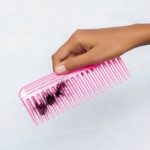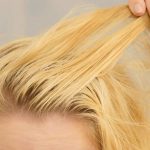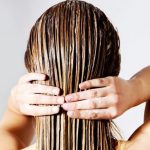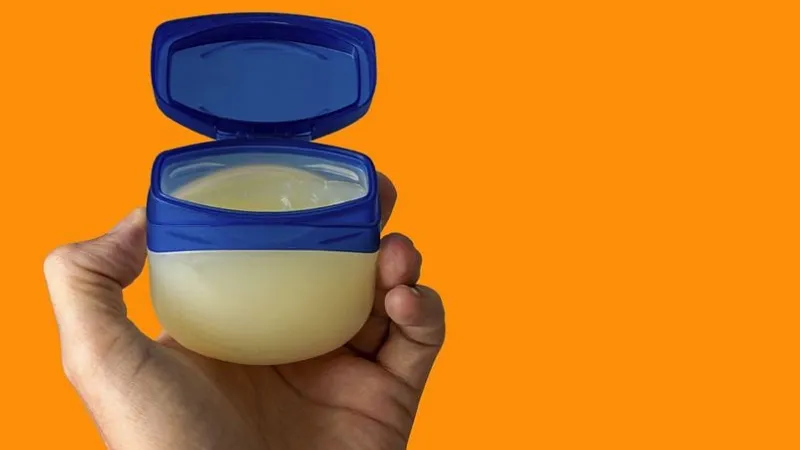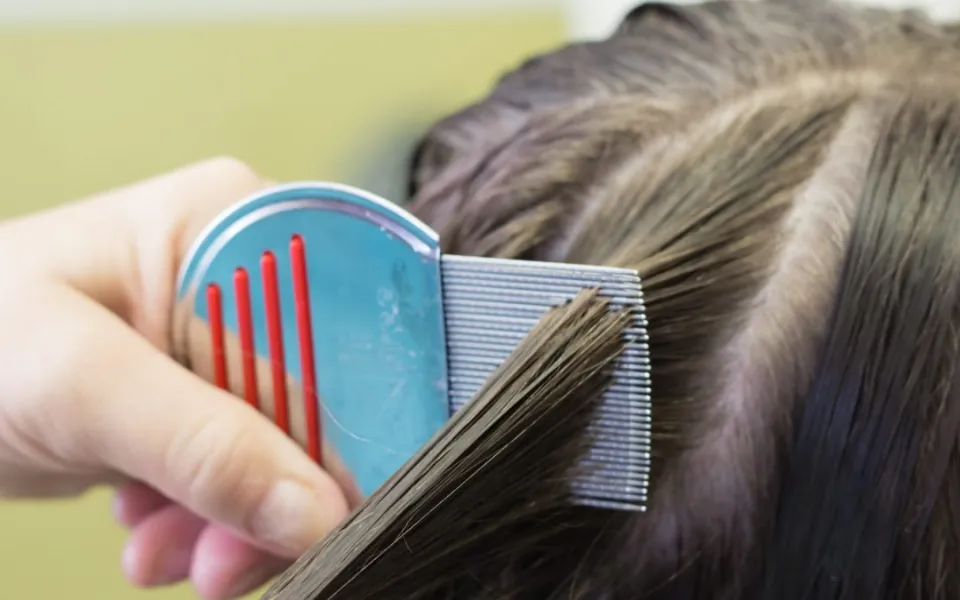
Do Lice Like Clean Or Dirty Hair? Let’s See
If you’re like most people, you might shudder and reach up to reflexively scratch your scalp at the mere mention of head lice. But head lice have been around for as long as humans have been alive.
In fact, we have coexisted since ancient times — which is why even mummies from ancient Lice have been found in Egypt. It is therefore likely that you or someone you know will come into contact with these tiny creatures at some point.
Others have heard the rumor that lice actually prefer clean hair, while some have questioned whether hygiene plays a role in catching lice. Read on to learn what the science has to say about which is actually the case.
Table of Contents
What Are Head Lice?
Head lice, or Pediculus humanis capitus, are tiny insects that attach to the base of the hair shaft on your head and neck. They stay close to the scalp because they feed on blood several times per day. An adult louse will expire in one to two days if its blood supply is not active.
There are three stages to the life cycle:
Eggs: They are referred to as nits. They are attached to the hair shaft near the base at the scalp and can often be confused with dandruff or hair spray droplets. Within half a centimeter of the scalp, they are yellow to white in color.
Nymphs: Nymphs emerge from the egg and resemble adult lice, but they are very difficult to spot. They usually have the size of a pinhead.
Adults: With six legs, each with a tiny claw, the adult louse is about the size of a sesame seed. They are tan to grayish white, but they often appear darker in people with dark hair. Female lice have a daily egg-laying capacity of up to 10 and can survive up to 30 days on a person’s head as adults.
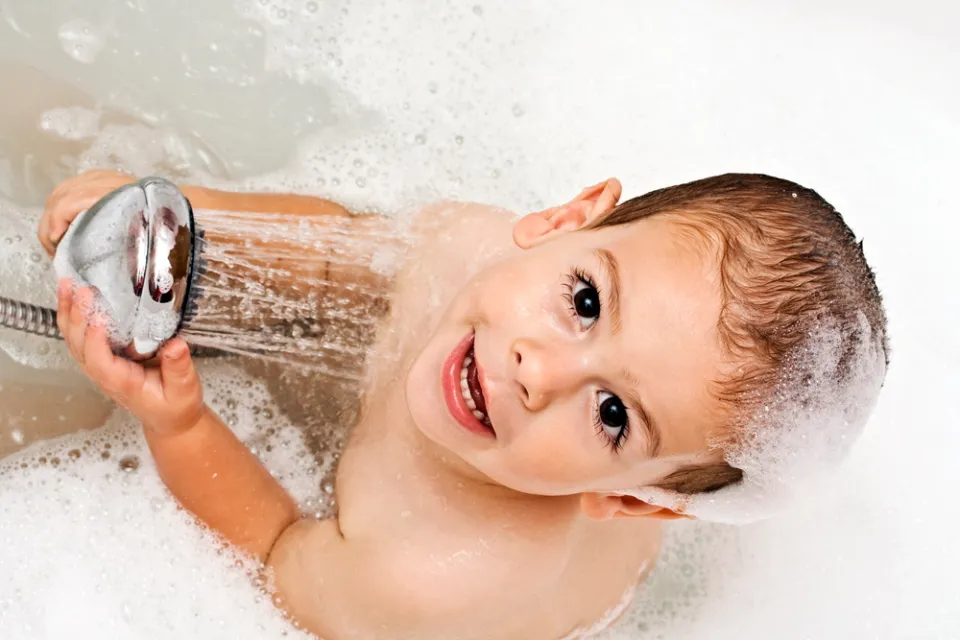
Do Lice Like Dirty Hair?
Lice are fans of ALL sorts of hair, however, among the common myths about lice is that lice prefer dirty hair. You might be surprised to learn that lice prefer a clean head to a dirty one because it is simpler for them to grab hold of the hair. Consider how challenging it is to grasp an oily rope. A rope that is clean, however, is easier to get a grip on. In this case, lice use the hair as a rope to climb from one person’s head to another’s hair. This does not imply that you should stop washing your hair to prevent getting lice. Many people, especially busy parents and those with long hair, coat their hair in natural products like mousse, essential oils, or hair gel to act as a barrier against a lice infestation. This can be an effective protectant.
Do Lice Like Clean Hair?
For the reason mentioned previously, head lice cases are more prevalent in those people who rigorously shampoo their hair. If a human host is in close proximity to other adults, children, or family members who have head lice, they increase their risk of developing a head lice infestation. This is true even if they regularly wash their hair to try to keep live lice away. It is simpler for the insects to attach to hair that is not coated in oil or a product like a head lice repellent with essential oils, mousse, or gel to infest a new head; it is also simpler for adult lice to hang onto clean human hair once they have established a home; it is in this location that a female head louse will feed on human blood from the clean human scalp and subsequently lay her lice eggs (called nits – about the size of a sesame seed). So, contrary to what you may have heard, head lice prefer clean hair to a person with poor hygiene.
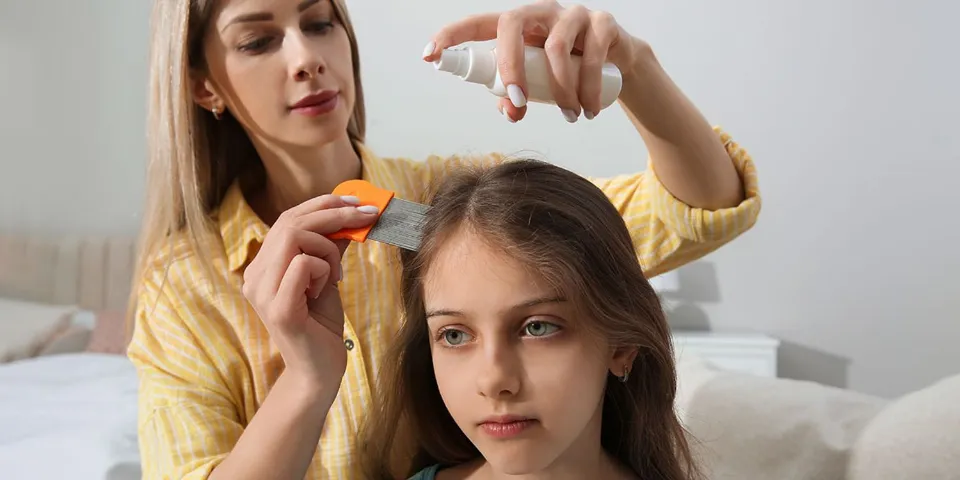
How to Prevent Head Lice?
The frequency of your showers or hair washes is irrelevant to head lice. There’s no tried-and-true way to prevent head lice, but you can take steps to lower your risk:
- Avoid close head-to-head contact:Close contact at sleepovers, contact sports, and kid’s games may make lice more likely to spread. Just keep in mind that you won’t catch lice by simply being close to someone who does.
- Avoid sharing clothing or accessories that touch your hair:Sharing hats, hair ties, barrettes, scarves, coats, and anything else that comes into contact with your head and hair for an extended period of time can spread lice.
- Avoid sharing brushes, combs, or other hair styling accessories:Additionally, but less frequently, these items may spread lice. If you do decide to share these items, you can get rid of lice by soaking them in hot water for 5 to 10 minutes (at least 130°F, or 54°C).
- Avoid lying on communal couches, beds, pillows, and stuffed animals:According to a reliable source, lice can survive in furniture and bedding for up to two days.
- Always wash and dry bedding, clothing and other items:These items can be cleaned in hot water and dried on high heat to get rid of any lice present if someone in your home has head lice. Dry cleaning or putting something in a plastic bag for 14 days to ensure that all the nits die are other options if you are unable to wash it.
- Vacuum your furniture and floor:Pay close attention to rugs and carpeted areas as well as furniture like couches and chairs.
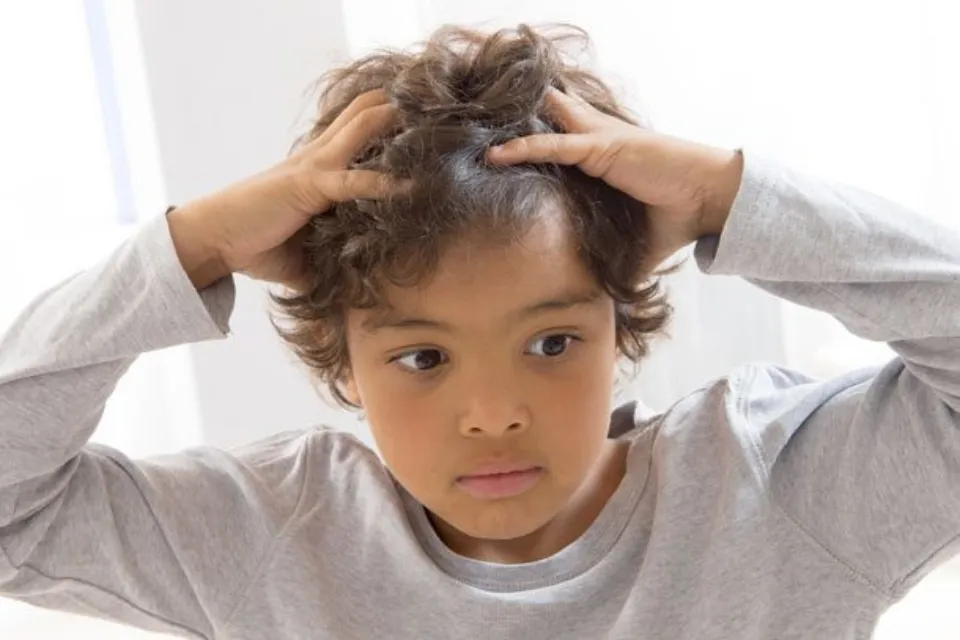
How to Treat Head Lice?
Shampoo is ineffective at getting rid of head lice. You’ll need to use a unique lice treatment if your hair contains live lice or lice eggs.
Over-the-counter (OTC) options approved by the Food and Drug Administration (FDA) includeTrusted Source:
- Permethrin 1% (Nix):All children, including infants older than 2 months, can safely use permethrin 1%. Consider seeing a pediatrician if your child has lice and is under two months old.
- Pyrethrins and piperonyl butoxide (Pronto, Rid):Children 2 and older can use pyrethin treatments, but you shouldn’t use this remedy if you have ragweed or chrysanthemum allergies.
Both of these treatments kill live lice, but not unhatched eggs. It is possible to eliminate newly hatched lice by performing a second treatment about a weekTrusted Source after the first treatment.
You can also ask a doctor about prescription treatments, such as:
- Benzoyl alcohol 5% (Ulesfia):Although unhatched eggs are not killed by this treatment, lice are. A week later, you’ll require treatment once more.
- Ivermectin 0.5% (Sklice):This treatment kills lice and appears to stop newly hatched lice from surviving.
- Malathion 0.5%:Live lice and a few lice eggs are killed by this treatment. If lice are still present 7 to 9 days after treatment, you might require a second treatment. Only children aged 6 and up are permitted to use it.
- Spinosad 0.9%:Live lice and unhatched eggs are both killed by this treatment. In most cases, retreatment is not required. Only people aged 6 and up are permitted to use it.
Your doctor might advise trying lindane 1% if these treatments don’t successfully eradicate head lice. As this treatment is strong, experts only recommend it if others treatments are ineffective. The brain or nervous system may be harmed if you use too much or accidentally swallow some. Use this treatment once.
This treatment isn’t safe for:
- babies or children
- pregnant or nursing people
- older adults
- people who weigh under 110 pounds
- those living with HIV or seizures
- individuals who have sores or skin irritation on the application site
Whichever treatment option you pick, think about checking your hair every 3 to 14 days after application to make sure the treatment is working.
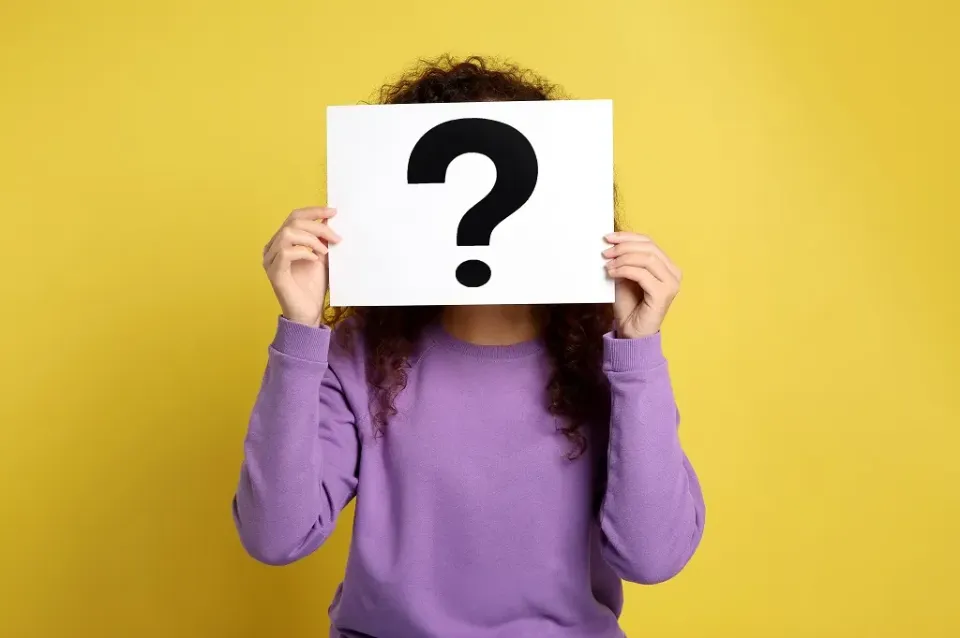
Frequently asked questions
Below are some of the most common questions and answers about lice.
What Are Lice Attracted To?
Head lice can only liveTrusted Source on human scalps and hair. The scalp provides moisture and warmth for lice, as well as blood, which they feed on several times a day.
Anyone can become infected with lice. They are not an indicationTrusted Source of a person’s cleanliness or the cleanliness of their environment.
Do Certain Hair Types Attract Lice?
Head lice do not prefer a specific type, color, or hair thickness. However, in the United States, head lice are less common among This might be due to the fact that American common head lice have claws that are longer than their bodies. are better suited for gripping some types of hair but not others.
Are Some People Immune to Lice?
Head lice cannot be escaped by anyone. However, in the U.S., head lice are less common African Americans regard it as a reliable source.
Summary
Having head lice is not a sign of poor personal hygiene, so rest assured. If you have found head lice, we can assist you whether your hair is clean or dirty. LiceDoctors is the business with the experience and guarantee that your technician will get rid of your lice and nits in addition to educating you on the real risk factors for getting lice. They have treated over 600,000 happy customers. Call LiceDoctors day or night at 800-224-2537 to put an end to your lice aggravation.


